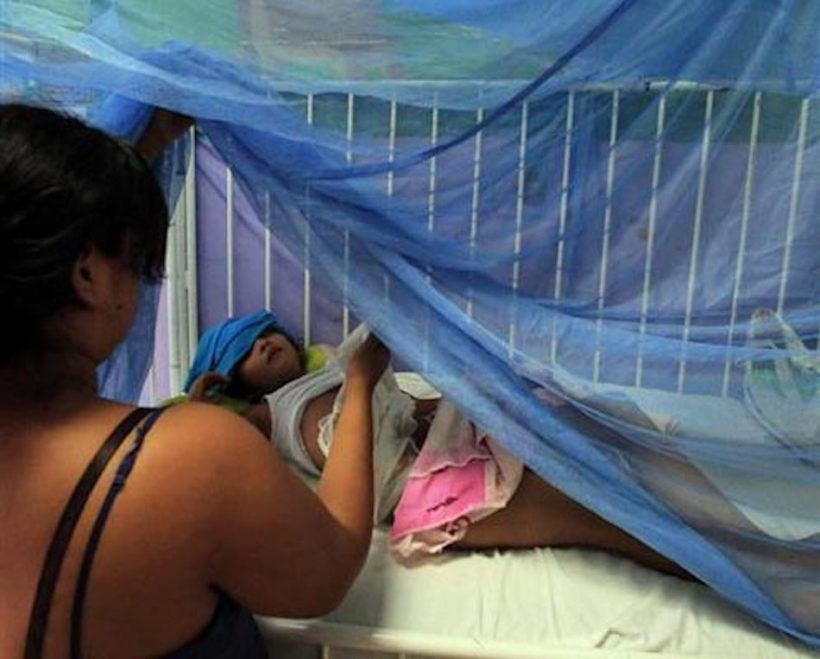Nicaragua is making progress today in reducing malaria with a plan for the clinical management of the disease led by the Ministry of Health (Minsa) of the Central American nation, the results of which are internationally recognised.
According to data from the health ministry, by the end of April there had been a 57 percent reduction in malaria compared to the previous year, which is equivalent to 3,700 cases.
According to Minsa, the disease is deeply rooted in the northern border with Honduras and in the Autonomous Regions of the Northern and Southern Caribbean Coast, which is why the Nicaraguan government is prioritising the malaria policy within the Family and Community Health Model.
Last Friday, the National Malaria Component of Minsa received the United Arab Emirates Health Foundation award for its efforts to combat and reduce the disease in the country.
The award is one of six distinctions given each year by the Executive Board of the World Health Organisation (WHO).
Nicaragua’s Director General of Health Surveillance, Christian Toledo, thanked the WHO for the award and highlighted how the work with the volunteers reduced malaria cases nationally by 66 per cent.
“The volunteers act as community health workers, focusing on malaria awareness, surveillance, diagnosis and treatment,” Toledo said via video conference.
Official data affirms that malaria, caused by the Plasmodium vivax parasite, is the number one epidemic disease in Nicaragua, which in 2021 caused 12,153 sick people with no deaths.
In second place among epidemic diseases is falciparum malaria, whose parasite is transmitted by the Anopheles mosquito, which in 2021 caused 10,418 sick people and zero deaths.












